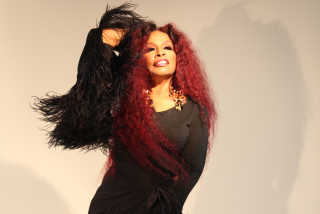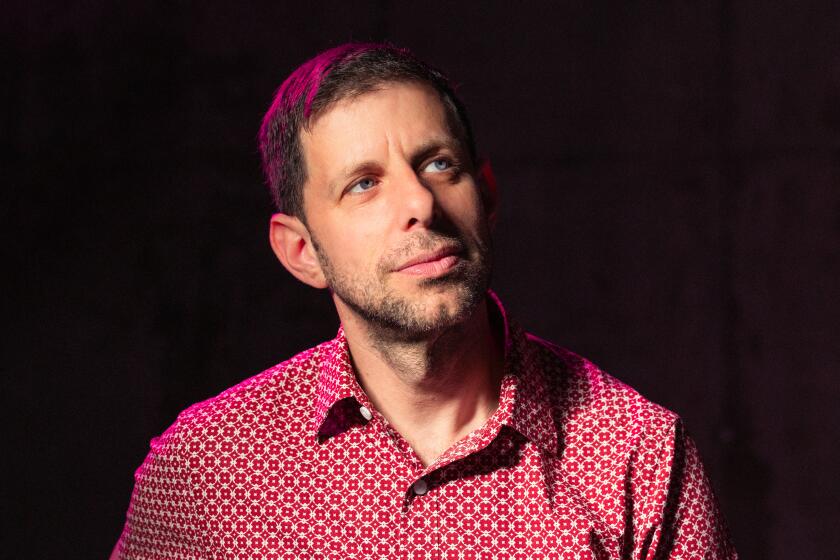Art or sacrilege?
With conservative Republicans on the ascendency in the aftermath of last month’s elections, the nation may be headed for a second round of the 1990s war on publicly funded art. Its opening shots were fired this week at the Smithsonian’s National Portrait Gallery.
Officials at the gallery removed a four-minute video by the late artist David Wojnarowicz following complaints from the Catholic League and congressional leaders such as incoming House Speaker John A. Boehner (R- Ohio) and incoming Majority Leader Eric Cantor (R-Va.). Conservatives were upset because the video, an anguished tribute to the artist’s partner following his death from AIDS in 1987, contained disturbing religious imagery, such as an 11-second segment showing ants crawling on a crucifix.
“If it is wrong for the government to take the taxpayers’ money to promote religion, why is it acceptable for the government to take the taxpayers’ money to assault religion?” said Catholic League President William Donohue in an interview with NPR. That’s a nonsensical assertion when it comes to art. Not only does the Smithsonian, which gets about 70% of its annual budget from the federal government, own and display many artworks venerating Christ and other biblical figures, but it’s deeply unclear whether Wojnarowicz’s video work was intended as an attack on Christianity — the ants on the crucifix could be seen as a modern take on the theme of divine suffering that has been a subject of Christian art for centuries. That’s the problem with letting censors determine what kind of art is socially acceptable: The meaning of a work is in the eyes of the beholder.
If the exhibit had been deeply offensive to, say, African Americans or Jews or Muslims, liberals would probably be less inclined to defend it. But the real test should be whether a work has artistic merit, not whether some people might be disturbed or angered by it. Wojnarowicz’s video is explicit and hard to watch, and we’re not prepared to judge its cultural value. Nevertheless, experts at the Smithsonian deemed that it had enough merit to be placed in the biggest and most expensive exhibition ever mounted at the Portrait Gallery. Then, at the first hint of political outcry, they apparently changed their minds.
“The decision wasn’t caving in,” museum director Martin E. Sullivan told the Washington Post. What was it, then? Memories are still fresh of the conservative attacks on the National Endowment for the Arts in the 1990s, when Congress withdrew 40% of the agency’s funding because of outrage over works considered sacrilegious. There’s a good chance that fight is about to be renewed, and it’s dispiriting that the defenders of culture and artistic expression seem so willing to surrender.
More to Read
The biggest entertainment stories
Get our big stories about Hollywood, film, television, music, arts, culture and more right in your inbox as soon as they publish.
You may occasionally receive promotional content from the Los Angeles Times.






